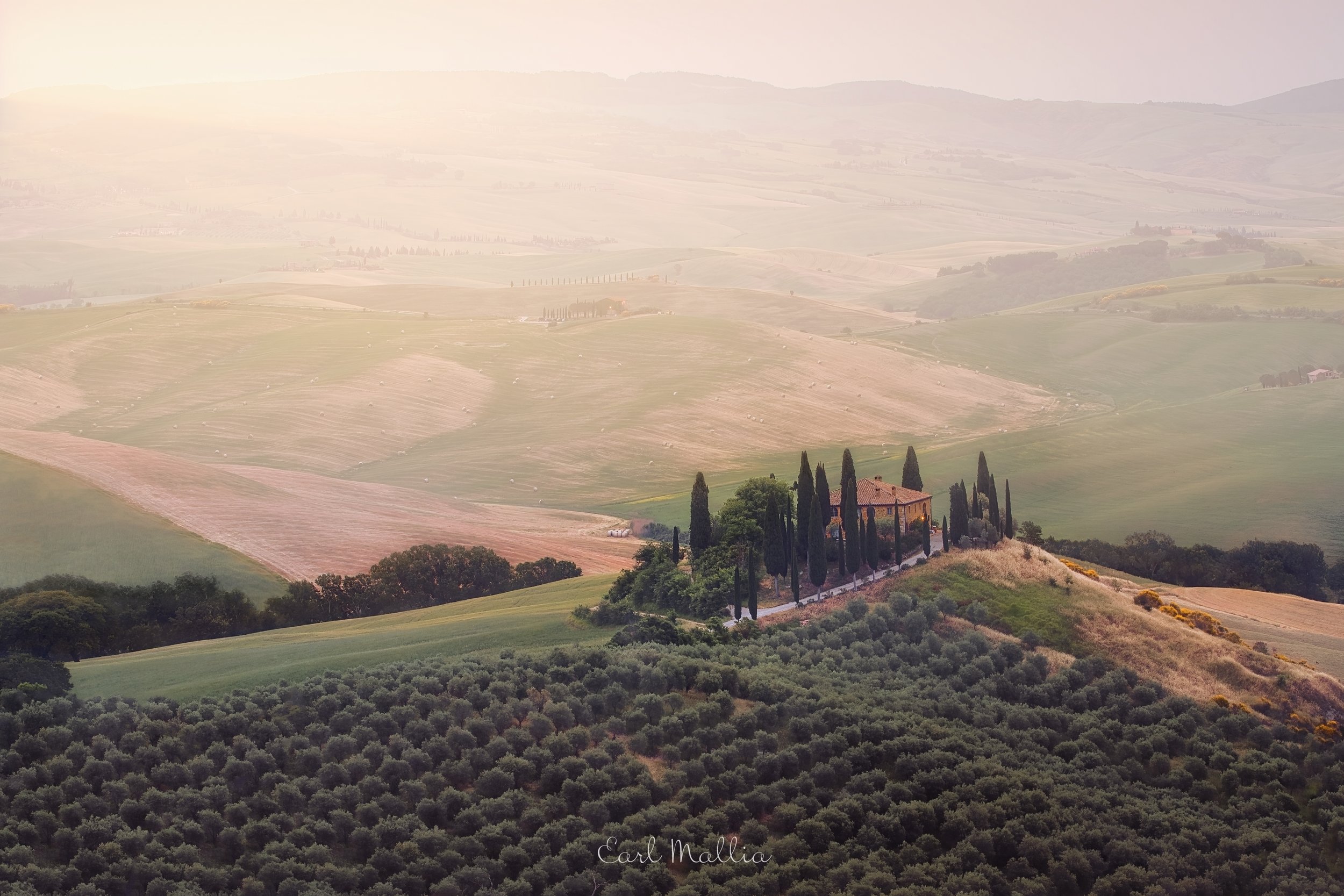Tuscany & The Lights Of Val D'Orcia
Tuscany's allure lies in its captivating landscapes, which encompass rolling hills, cypress-lined roads, and a stunning coastline. The region's vineyards produce renowned wines like Chianti and Brunello, while its culinary traditions offer delectable dishes. Tuscany's historical significance is evident in cities like Florence and Siena, rich in art and architecture from the Italian Renaissance. Together, these elements create an enchanting and timeless destination that combines natural beauty, gastronomic delights, and a deep cultural heritage.









Nestled in the heart of Tuscany, the Val d'Orcia region stands as a true masterpiece of nature's artistry. This captivating landscape is a photographer's paradise, with its rolling hills that undulate like waves on a serene sea, cypress-lined roads that lead to distant vistas, and enchanting villages perched on hilltops, each one a work of architectural charm.
The Val d'Orcia is a study in composition, with its ever-changing play of light and shadow, creating a painterly quality that begs to be captured. From the soft, golden hues at sunrise to the warm, amber tones of sunset, this region offers a mesmerizing palette for photographers.
Exploring the Val d'Orcia is a journey through time as well as space. The villages, such as Pienza and Montalcino, are steeped in history, with their Renaissance architecture and cobblestone streets providing a rich backdrop for artistic expression.
The region's enduring beauty and the intricate interplay of natural and cultural elements that make this corner of Tuscany a true gem for photographers and artists alike.
MY EXPERIANCE :
My first visit to Tuscany in 2021 was nothing short of enchanting. As a photographer, I had heard tales of its beauty, but experiencing it firsthand was a revelation. The rolling hills, draped in vineyards and olive groves, seemed to stretch endlessly, each curve and contour inviting exploration. Ancient towns like Pienza and Montalcino exuded a timeless charm, with their cobblestone streets and historic facades that beckoned me to wander and capture their essence.
The food, oh, the food! Tuscany's culinary treasures are truly something special. From the hearty ribollita to the succulent bistecca alla Fiorentina, every meal felt like a celebration of flavor. And let's not forget the impeccable wines – Chianti, Brunello di Montalcino, and Super Tuscans – they elevated every dining experience to an art form.
But what truly left me awe-inspired was the golden light that bathed the landscapes. It was as if the fields and hills were painted with liquid gold, especially during those magical moments of sunrise and sunset. I couldn't resist capturing the play of light and shadow, the way it transformed the scenery into a living masterpiece.
And then there was Val d'Orcia. The setting is nothing short of secular. The cypress-lined roads framed vistas that seemed almost otherworldly, a harmony of nature and human craftsmanship. But what struck me the most was the profound sense of calmness and tranquility that permeated the region. It was a beautiful silence, broken only by the occasional breeze rustling through the leaves and the distant church bells chiming in the villages.
Needless to say, I had to come back. Tuscany and Val d'Orcia had cast their spell on me, and I knew I couldn't stay away for long. So, here's my heartfelt suggestion: if you're a lover of beauty, culture, and serenity, make Tuscany your next destination. You won't be disappointed, and you may just find yourself returning time and again, like me, to savor the magic of this incredible region.
Here are some tips and suggestions if your
visiting this region :
Plan Ahead: Tuscany is a popular tourist destination, so it's a good idea to plan your trip well in advance, especially during peak tourist seasons. This will help you secure accommodations and reservations at restaurants or wineries.
Explore the Hill Towns: Take the time to explore the charming hill towns like Pienza, Montalcino, Montepulciano, and San Gimignano. Each has its unique character and historical sites to discover.
Local Cuisine: Embrace Tuscan cuisine. Try the local dishes like ribollita, Bistecca Fiorentina, Taligiata con Pancetta sinese, pappa al pomodoro, and crostini. Don't forget to sample the exceptional wines that the region is known for.
Wine Tasting: If you're a wine enthusiast, consider visiting vineyards and wineries. Tuscany offers some of Italy's finest wines. Be sure to book tastings in advance.
Photography: The golden light in Tuscany is especially enchanting during sunrise and sunset. Plan your photography outings accordingly to capture the stunning landscapes.
Travel by Car: Renting a car is an excellent way to explore Tuscany's countryside and reach remote areas. The cypress-lined roads make for memorable drives.
Visit Local Markets: Explore local markets where you can buy fresh produce, cheeses, and other regional specialties. These markets provide a glimpse into daily life in Tuscany.
Hiking and Biking: Tuscany offers beautiful hiking and biking trails. Consider outdoor activities to fully appreciate the natural beauty.
10. Pack Comfortably: Depending on the season, pack comfortable clothing and footwear. Tuscany can get hot in the summer and chilly in the winter.
11. Stay in Agriturismo: Consider staying in agriturismi (farm stays) for a more authentic and rustic experience.
12. Learn Some History: Familiarize yourself with the history and culture of the region to enhance your appreciation of its rich heritage.
Remember, Tuscany and Val d'Orcia are about more than just sightseeing; they're about immersing yourself in a timeless landscape and culture. Take your time, savor the moments, and create memories that will last a lifetime.
PLAN AHEAD SEASONS.
When I'm considering the best time to visit Tuscany and Val d'Orcia, it really depends on my preferences for weather and crowds:
Spring (April to June): I personally love visiting during spring. The weather is usually mild and pleasant, with the landscapes adorned in blooming flowers and lush greenery. Tourist numbers start to increase in late April, but it really peaks in May and June.
Early Autumn (September to October): Another fantastic time to go when the weather is still warm but not overly hot. September is especially lovely as it's grape harvest season in the region, making it a perfect time to immerse myself in the local wine culture. Plus, the crowds are generally thinner compared to the summer months.
Summer (July to August): This is the peak tourist season, and while it can be enjoyable, I have to be prepared for the heat and the crowds. If I don't mind those factors, I can still have a great time exploring the region during the summer.
Late Autumn to Winter (November to February): These months are the least crowded, and I can often find more budget-friendly accommodations. However, it's important to note that the weather can get quite chilly, and some attractions may have reduced opening hours. If I'm interested in truffle hunting, November is an ideal time to visit.
To avoid the peak tourist crowds, I usually plan my trips during the shoulder seasons of spring and early autumn. Additionally, I try to schedule my visits to major tourist attractions early in the morning or late in the afternoon to enjoy them with fewer crowds, regardless of the season.
It's also a good idea for me to check the local events calendar when planning my trip because specific events and festivals may influence tourist numbers in the region
Especially Book your accommodations well in advance, especially during the peak tourist seasons of spring and summer. Tuscany offers a range of options, from charming agriturismos (farm stays) to luxury hotels and vacation rentals. Choose based on your budget and preferences.
EXPLORE THE HILL TOWNS:
Exploring the hill towns of Tuscany is a delightful experience, as these picturesque towns offer a glimpse into the region's rich history, culture, and stunning landscapes. Here's a detailed guide on some of the most notable hill towns to visit in Tuscany:
San Gimignano: Often called the "Medieval Manhattan" due to its iconic towers, San Gimignano is famous for its well-preserved medieval architecture. The town is surrounded by vineyards, and you can enjoy local Vernaccia wine while strolling through its charming streets. Don't miss climbing one of the towers for panoramic views.
Siena: Known for its stunning Piazza del Campo, Siena is a UNESCO World Heritage site. The town's Gothic architecture, including the Siena Cathedral, is a testament to its rich history. Take time to explore its narrow streets and enjoy the Palio, a historic horse race that occurs twice a year.
Montepulciano: Famous for its Vino Nobile wine, Montepulciano sits atop a steep hill. The town features Renaissance buildings, elegant churches, and delightful wine cellars where you can taste local wines. Visit the Piazza Grande and the Montepulciano Cathedral for some of the best views.
Pienza: Known as the "Ideal City of the Renaissance," Pienza is a UNESCO-listed town designed by Pope Pius II. It's renowned for its well-preserved Renaissance architecture and delicious pecorino cheese. Explore the town's quaint streets and enjoy the panoramic views from the Piazza Pio II.
Cortona: Perched on a hill overlooking Lake Trasimeno, Cortona is a charming town with a rich Etruscan history. Explore its medieval streets, visit the Etruscan Museum, and take in the views from the Fortezza del Girifalco.
Volterra: With its well-preserved Etruscan walls and Roman ruins, Volterra is an archaeological gem. The town is famous for its alabaster craftsmanship, and you can visit workshops and galleries showcasing this artistry. The Roman Theater and Porta all'Arco are must-see attractions.
Monteriggioni: This small, walled medieval town is a perfect stop for history buffs. The entire town is encircled by walls with 14 towers, making it a picturesque sight. Walk along the walls and visit the central Piazza Roma.
Certaldo: Split into two parts, Certaldo Alto (the historic upper town) and Certaldo Basso (the lower town), this town is known for its charming, medieval atmosphere. Take the funicular to Certaldo Alto to explore its cobbled streets and the home of Giovanni Boccaccio, the author of the Decameron.
Castiglione d'Orcia: Nestled in the Val d'Orcia, this town offers stunning views of the rolling Tuscan hills. The Rocca d'Orcia fortress is a highlight, and you can enjoy leisurely walks through its serene streets.
Radda in Chianti: Located in the heart of Chianti wine country, Radda is a lovely village known for its wine and vineyards. Visit the historical center, the Palazzo del Podestà, and enjoy wine tastings at local wineries.
When exploring these hill towns, take your time to savor the local cuisine, shop for artisanal products, and immerse yourself in the unique atmosphere of each town. Tuscany's hill towns offer a journey through history, art, and the beauty of the Italian countryside.
LOCAL CUSINE:
Tuscany's local cuisine is a delightful journey into the heart of Italian culinary tradition. As I explore this picturesque region, I find myself indulging in dishes that highlight the simplicity and quality of locally sourced ingredients. Here are some of the iconic dishes and flavors I've savored during my Tuscan adventures:
Ribollita: I couldn't resist the comforting embrace of ribollita, a hearty Tuscan soup. It's a rustic blend of stale bread, creamy cannellini beans, vibrant kale or Swiss chard, and an assortment of vegetables like carrots, celery, and onions. A drizzle of extra virgin olive oil adds the perfect finishing touch.
Pappa al Pomodoro: Another Tuscan soup that won my heart is pappa al pomodoro. This soul-soothing creation combines ripe tomatoes, rustic bread, aromatic garlic, fragrant basil, and the finest olive oil. The bread soaks up the tomato essence, resulting in a wonderfully thick and satisfying soup.
Florentine Steak (Bistecca alla Fiorentina): The essence of Tuscan cuisine, bistecca alla fiorentina, graced my palate with its simplicity. A thick T-bone steak, often from the revered Chianina cattle, is seasoned with a touch of salt, grilled over open flames, and served rare or medium-rare. A drizzle of olive oil and a squeeze of lemon complete this carnivore's dream.
Pecorino Cheese: Tuscany's pecorino cheese varieties are a true delight. From the sharp and salty Pecorino Toscano to the aged Pecorino Romano, each cheese offers a unique flavor. I've enjoyed it in salads, pasta dishes, and paired with honey for a delightful appetizer.
Pasta Dishes: Tuscan pasta dishes captivated me with their simplicity and flavors. Pappardelle with wild boar (Pappardelle al Cinghiale) and Tagliatelle with truffle (Tagliatelle al Tartufo) showcased the use of fresh, homemade pasta, elevating the culinary experience.
Crostini Toscani: These small, toasted bread slices topped with a delectable spread made from chicken liver, capers, anchovies, and garlic were a delightful appetizer that I couldn't get enough of.
Tuscan White Beans (Fagioli all'Uccelletto): White beans, often cannellini or borlotti, were simmered with garlic, sage, and tomatoes, creating a simple yet flavorful dish that exemplifies Tuscan cuisine's elegance.
Panforte: This traditional Tuscan dessert, a dense fruit and nut cake made with honey, almonds, candied fruit, and spices, offered a sweet and satisfying conclusion to my Tuscan feasts.
Cantucci (Biscotti di Prato): Double-baked almond biscuits known as cantucci were perfect for dipping into Vin Santo, a sweet dessert wine that completed the meal with its luscious sweetness.
Extra Virgin Olive Oil: Tuscany's reputation for producing high-quality extra virgin olive oil, often referred to as "liquid gold," held true in every dish. It infused salads, soups, and grilling with a rich, robust flavor that is simply unparalleled.
Exploring Tuscany's local cuisine has been an unforgettable culinary journey, one that celebrates the region's commitment to the purity of ingredients and the pleasures of simple yet exquisite flavors. Dining in local trattorias and osterias allowed me to savor the authentic essence of Tuscany's food culture.
WINE TASTING:
When visiting Tuscany, one experience that's an absolute must, if you have the time, is wine tasting. The region is renowned for its exquisite wines, and the opportunity to explore its vineyards and savor the flavors of its wines is a true delight.
As I embarked on my Tuscan adventure, I couldn't resist the allure of wine tasting. The rolling hills adorned with vineyards, bathed in the golden Tuscan sunlight, create a picturesque setting for this sensory journey.
One of the highlights was visiting family-owned wineries, where I had the chance to meet passionate winemakers who shared their knowledge and love for their craft. The stories behind each bottle and the meticulous care that goes into producing these wines added depth to the tasting experience.
From sipping Chianti Classico in the heart of the Chianti region to savoring the robust flavors of Brunello di Montalcino, every wine had its unique character and charm. The rich, earthy notes, the hints of berries and cherries, and the lingering finishes made each sip a moment to remember.
The tastings were often accompanied by local cheeses, cured meats, and freshly baked bread, creating perfect pairings that elevated the wine even further. I learned about the art of food and wine pairing, discovering the magic that happens when flavors complement and enhance one another.
As I sat in the charming vineyard estates, surrounded by centuries-old grapevines and breathtaking scenery, I couldn't help but appreciate the timeless tradition of winemaking in Tuscany. It's a region where the connection to the land and the respect for tradition are palpable in every glass.
So, if you find yourself in Tuscany, with the luxury of time on your side, do not miss the opportunity to indulge in wine tasting. It's a journey through the senses, a celebration of culture, and an immersion into the heart and soul of this enchanting region.
Tuscany offers a plethora of wineries and vineyards where you can enjoy wine tasting. Each region within Tuscany has its unique wine offerings, so here are some of the top areas and specific wineries to consider visiting for a memorable wine tasting experience:
Chianti: Known for its iconic Chianti Classico wines, this region is one of the most famous in Tuscany for wine tasting. Consider visiting:
Castello di Brolio: Located in Gaiole in Chianti, this historic estate offers guided tours and tastings in a magnificent setting.
Castello di Volpaia: A charming winery in the medieval village of Volpaia, offering tastings of their Chianti Classico and other wines.
Brunello di Montalcino: Montalcino is famous for its Brunello wines, and you can find excellent wineries for tastings, such as:
Biondi Santi: The birthplace of Brunello di Montalcino, this winery offers tours and tastings of its iconic wines.
Castello Banfi: A large estate with beautiful vineyards, offering tours, tastings, and a chance to explore the wine cellar.
Montepulciano: This region is known for Vino Nobile di Montepulciano. Consider visiting:
Avignonesi: A biodynamic winery offering tours, tastings, and a beautiful winery estate.
Poliziano: Known for its Vino Nobile, this winery offers tours and tastings with a view of Montepulciano.
San Gimignano: Besides its medieval towers, San Gimignano is famous for Vernaccia wine. Explore:
Fattoria Poggio Alloro: A family-run winery where you can enjoy tastings of Vernaccia and other wines.
Tenuta Torciano: Offers wine tastings along with food pairings in a charming setting.
Bolgheri: This coastal region is renowned for its Super Tuscan wines. Explore:
Tenuta San Guido: Home to the famous Sassicaia wine, you can book a tour and tasting at this prestigious estate.
Antinori nel Chianti Classico: This winery is known for its Super Tuscan wines; it's a short drive from Florence and offers tours and tastings.
Carmignano: Known for its unique wines, including Barco Reale and Carmignano DOCG. Visit:
Capezzana: A historic estate offering tours and tastings of their acclaimed wines.
Fattoria di Artimino: Located in the charming village of Artimino, this winery offers tastings of Carmignano wines.
When planning your wine tasting adventure in Tuscany, it's a good idea to check the wineries' websites for information on tours, tastings, and reservations, as some may require advance booking.

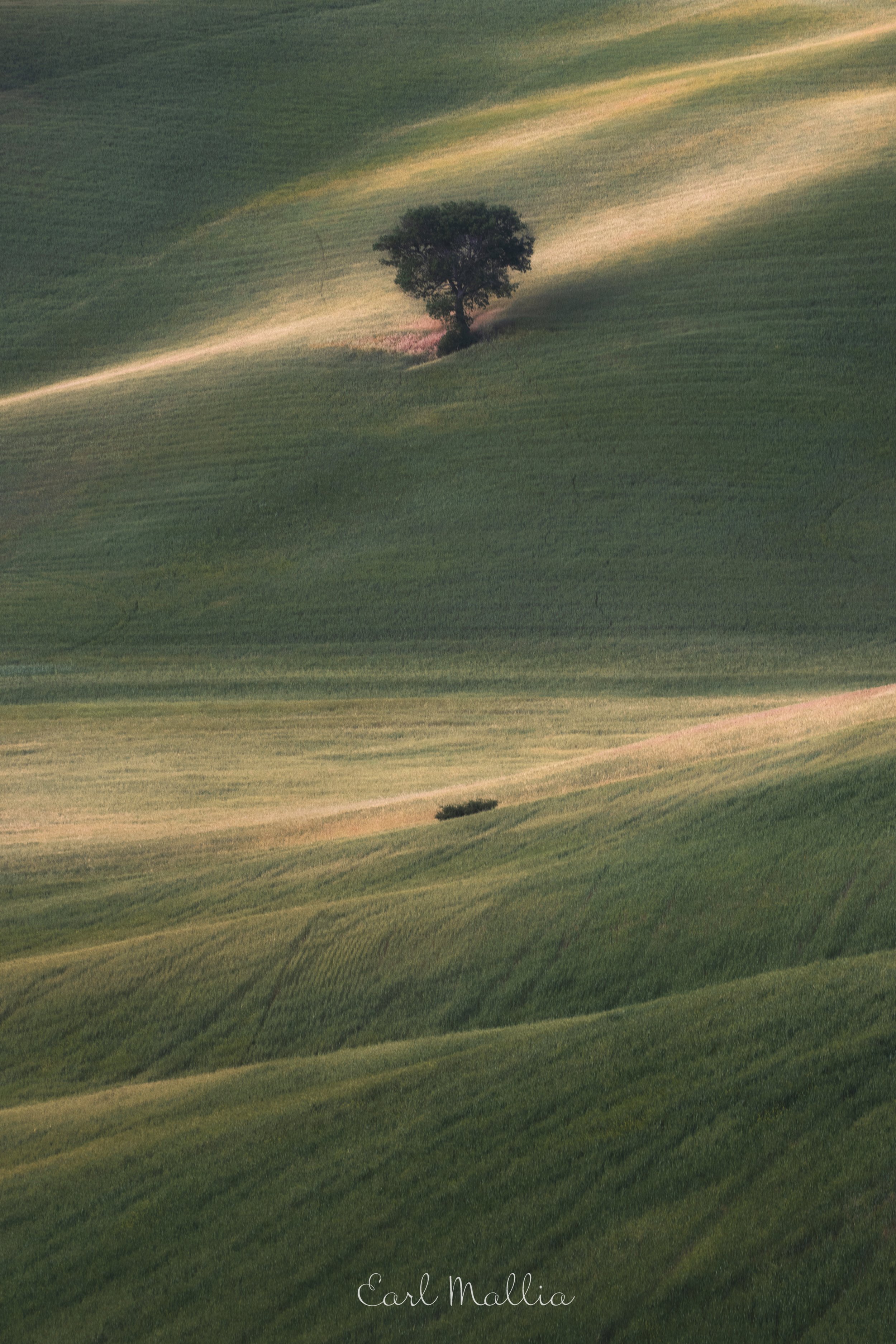
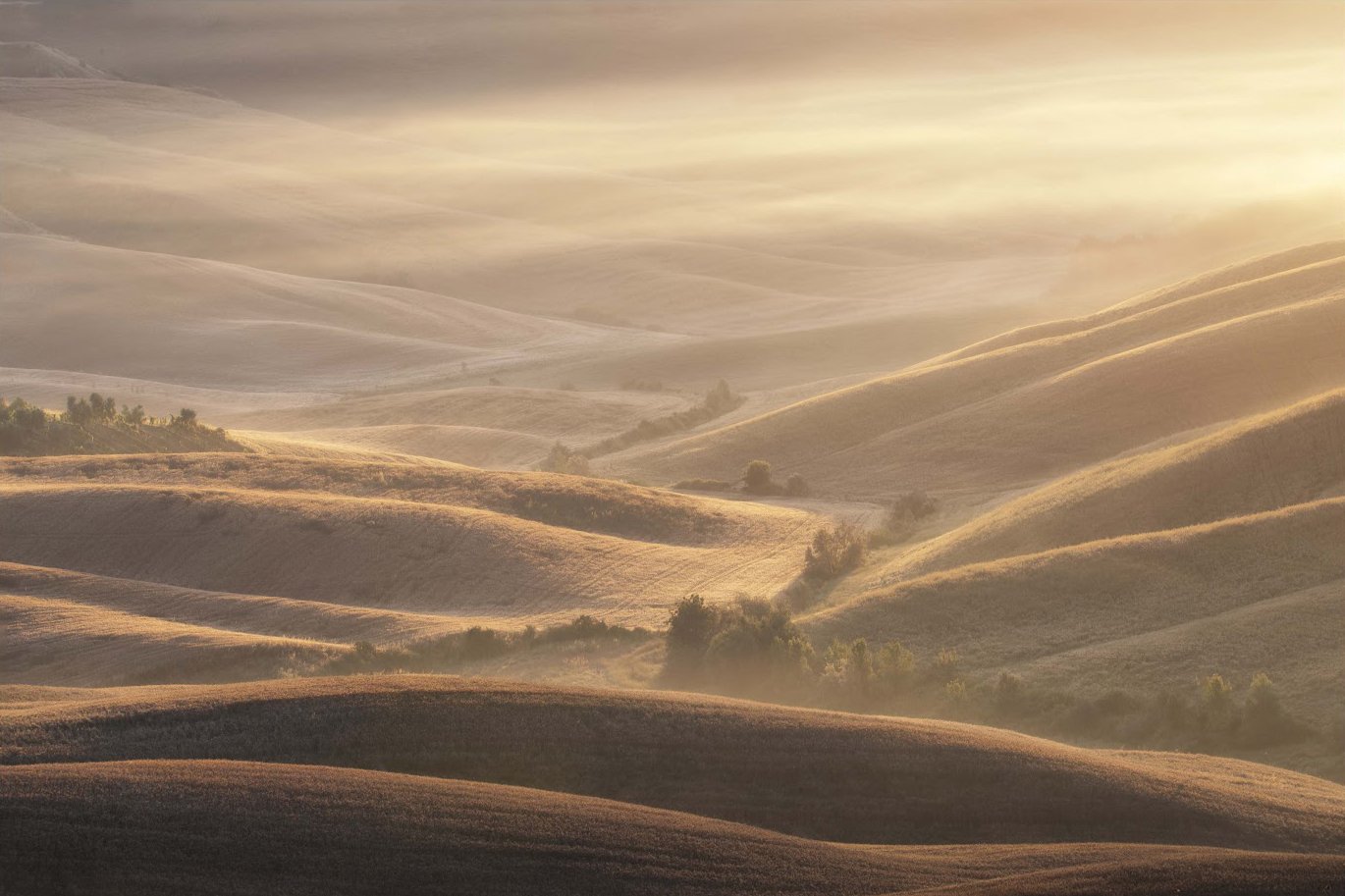


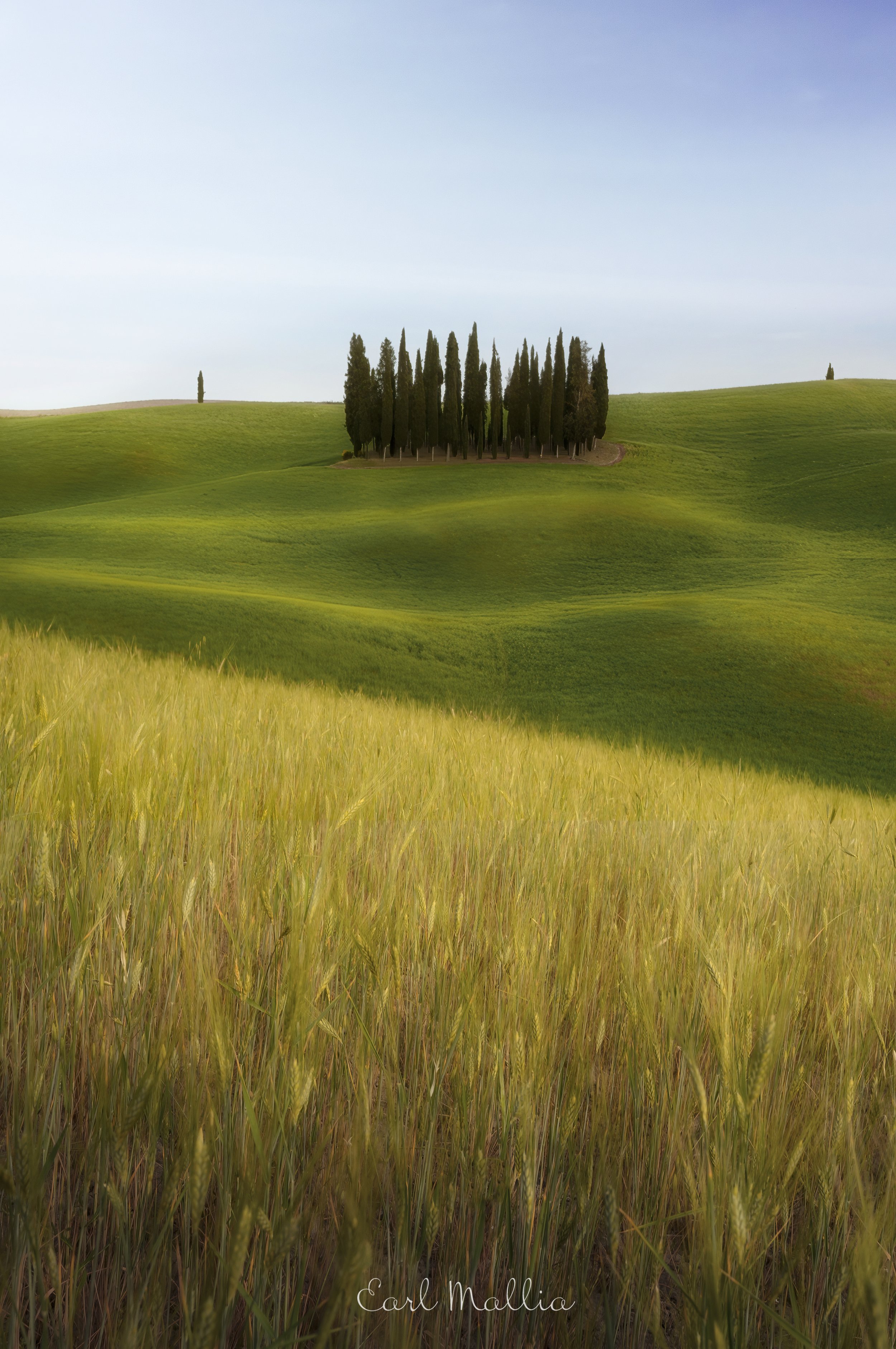
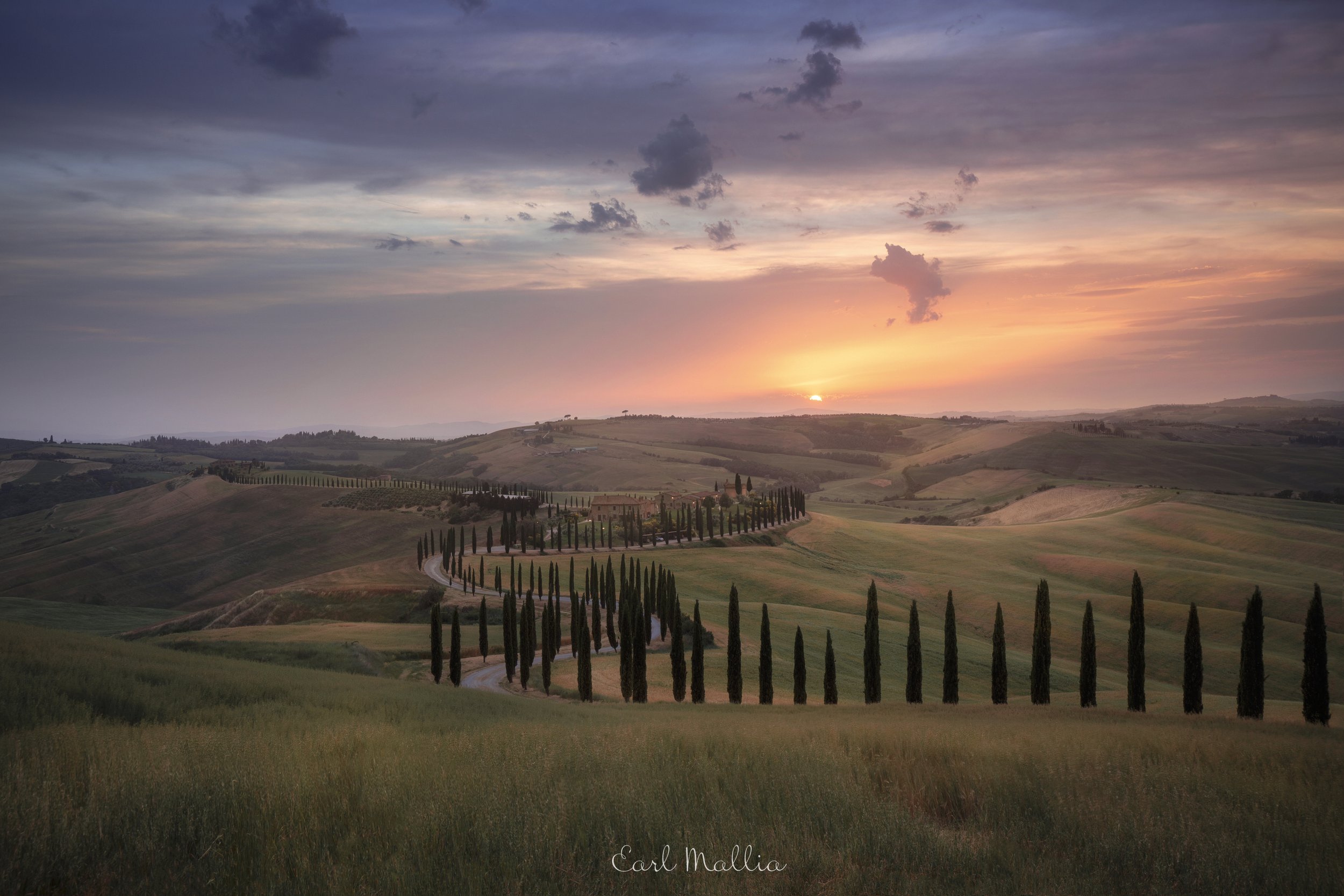
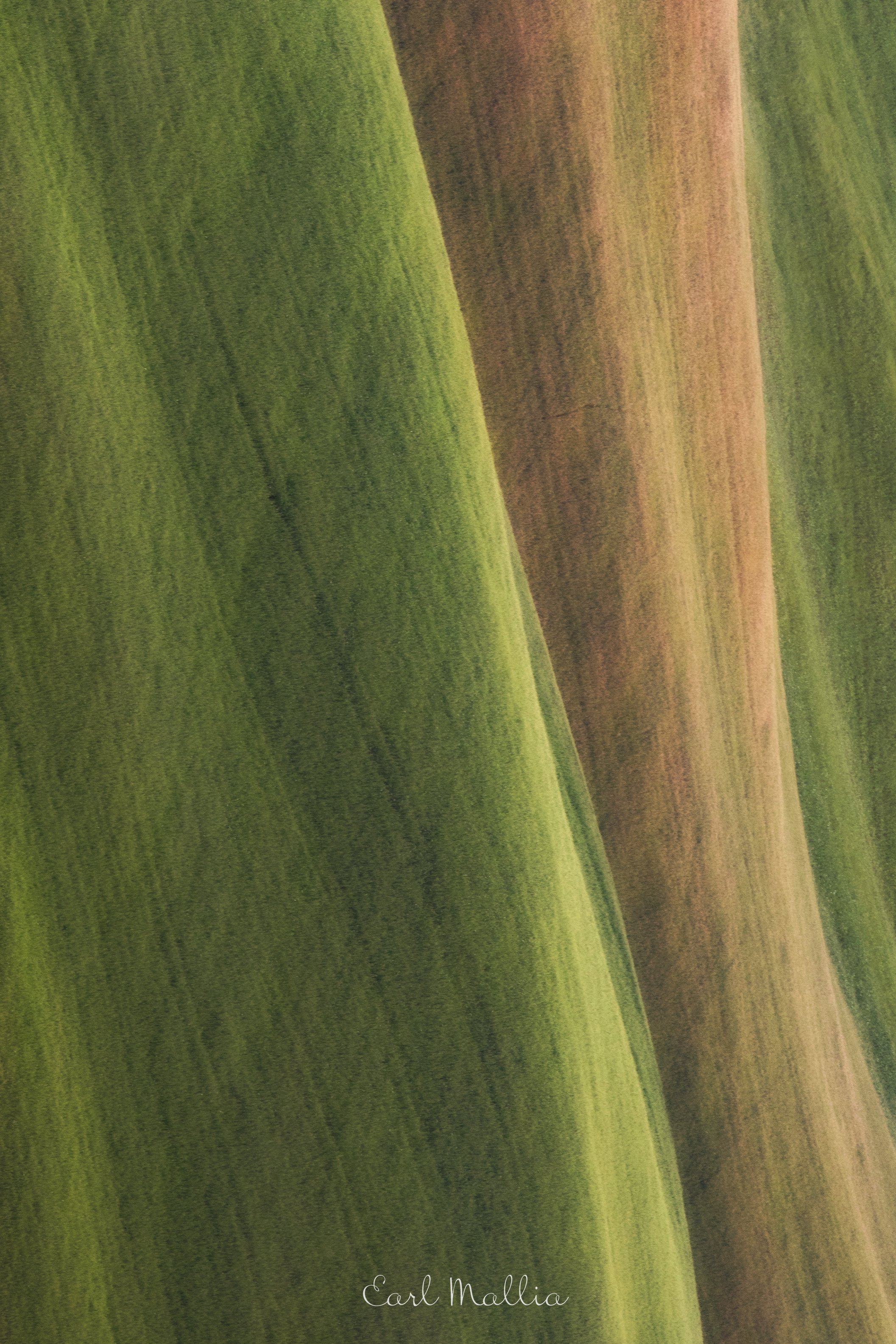
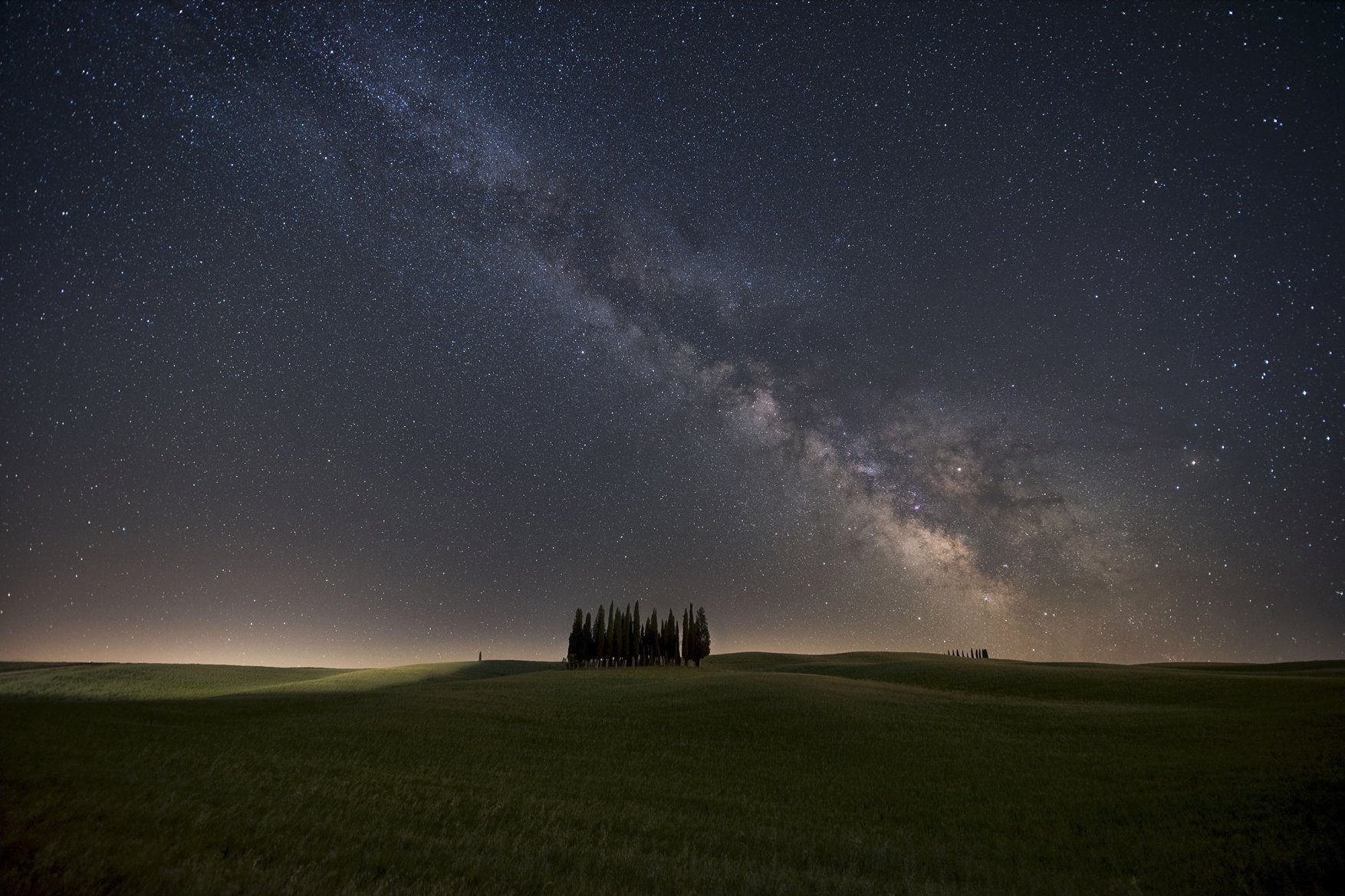
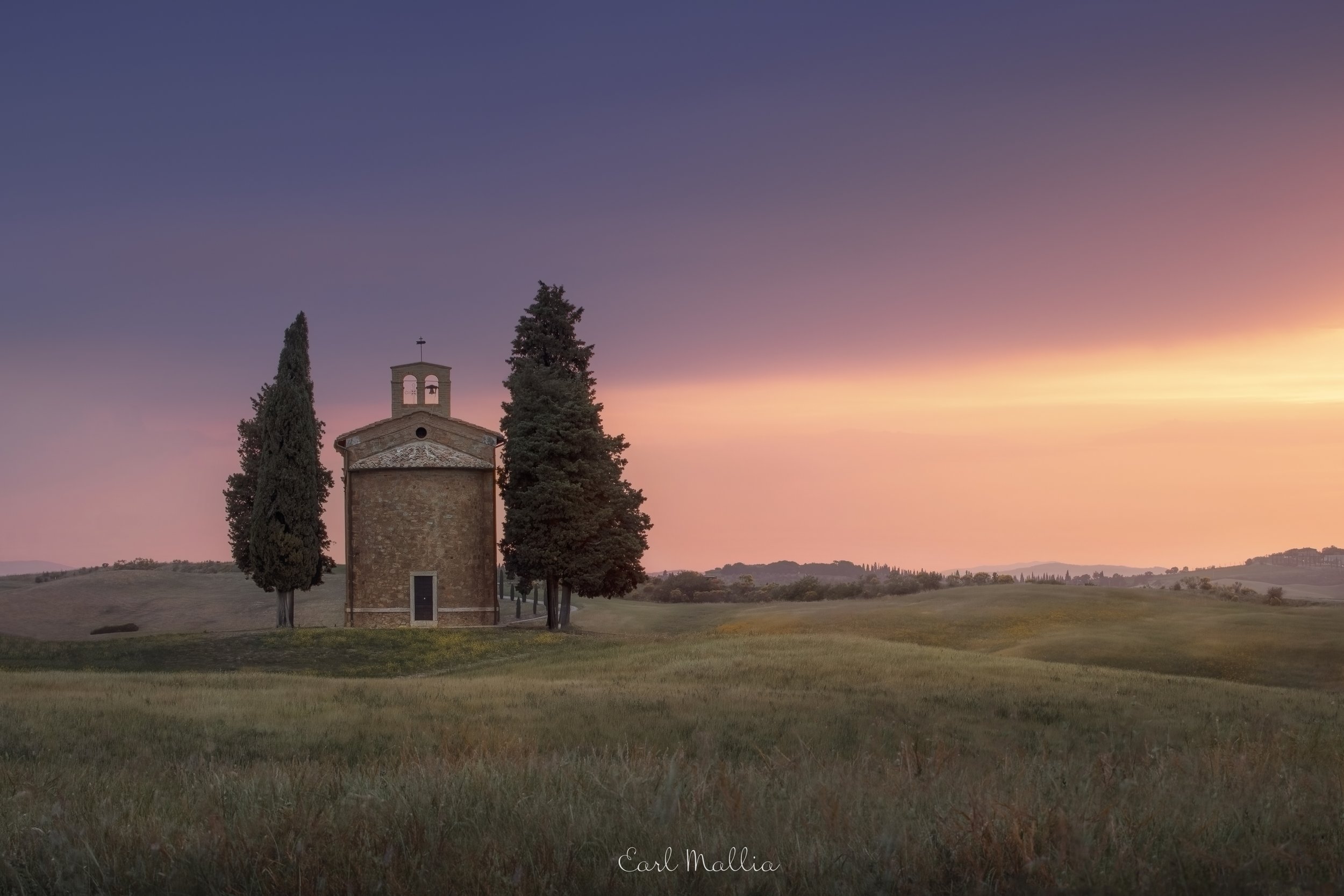
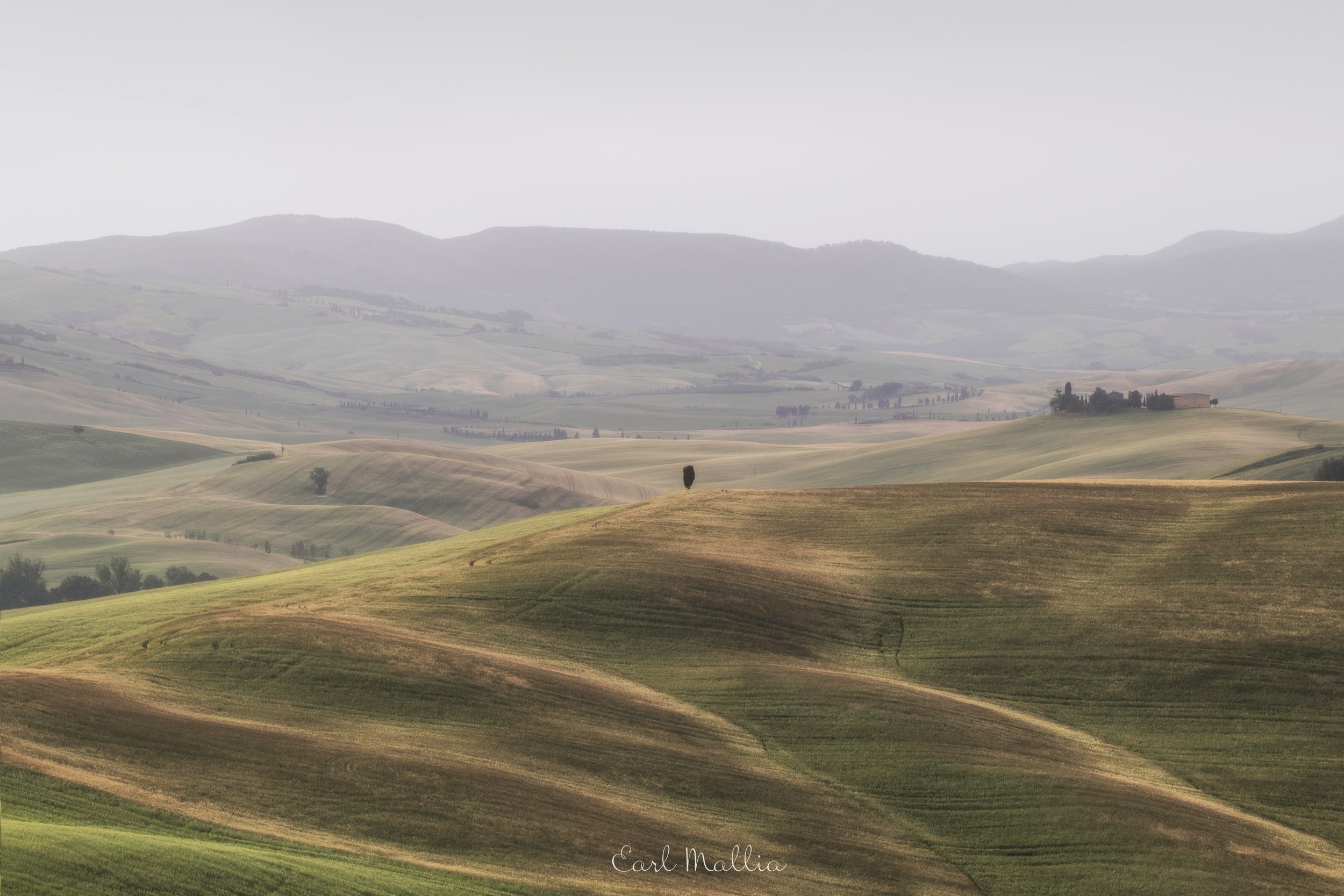

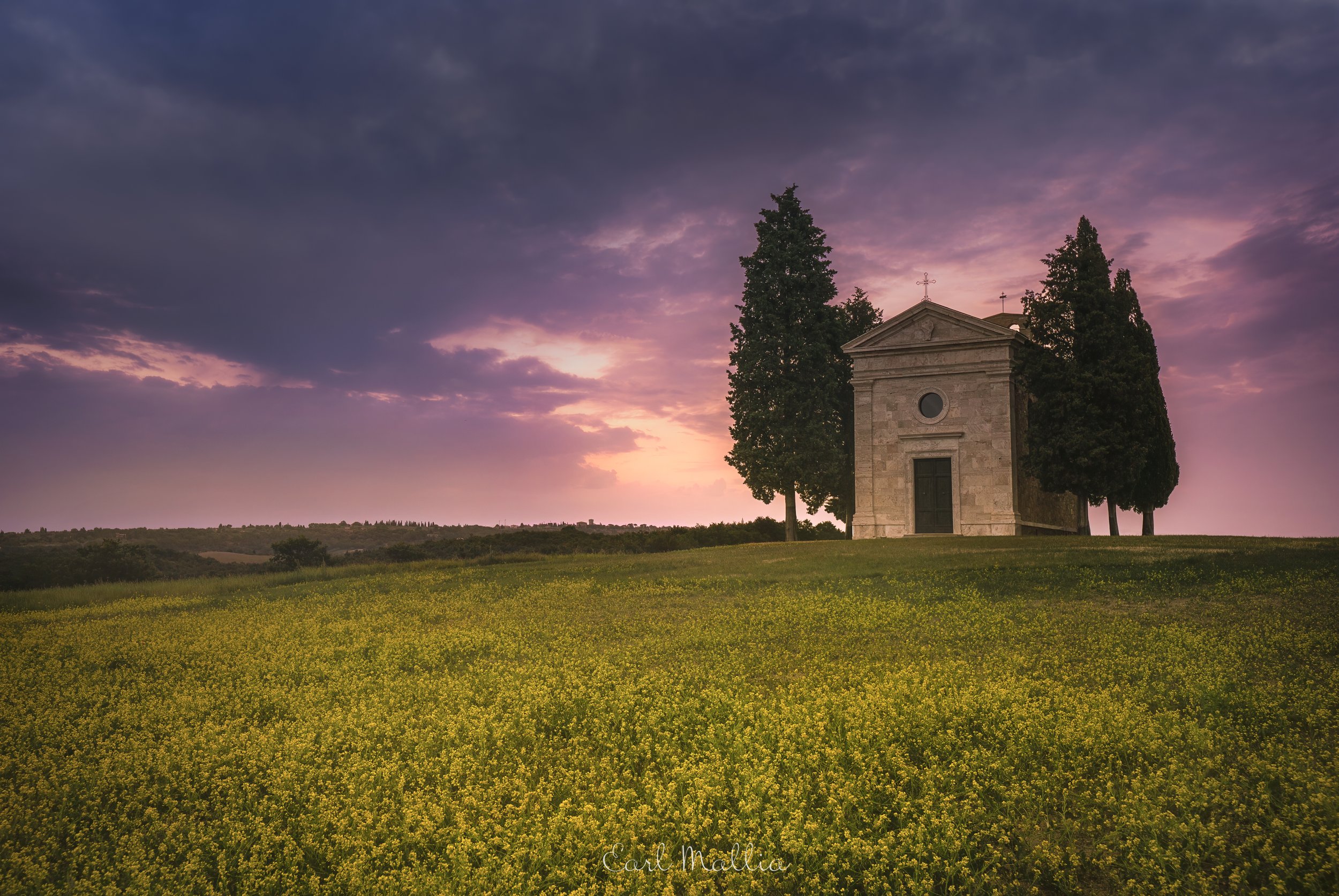

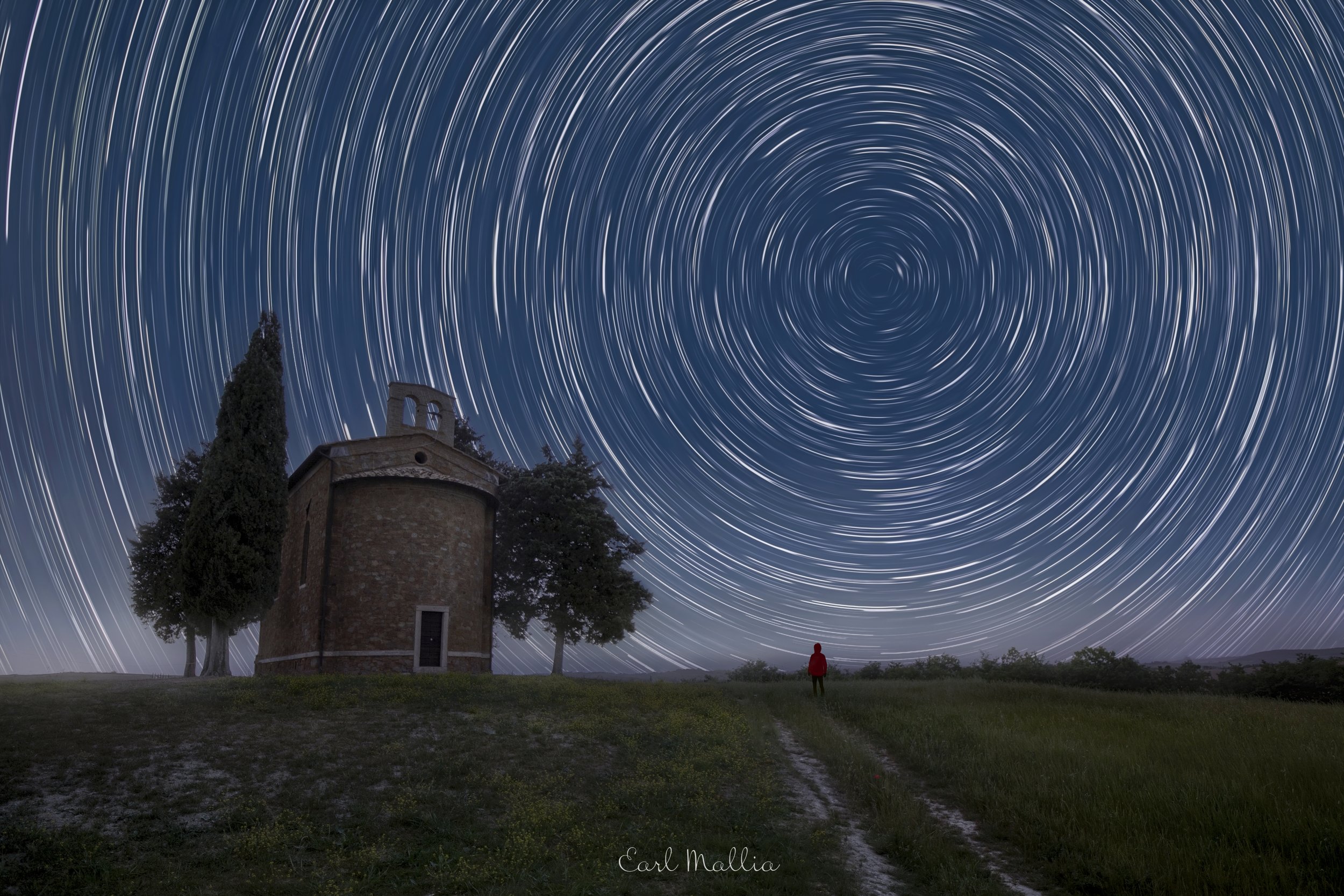
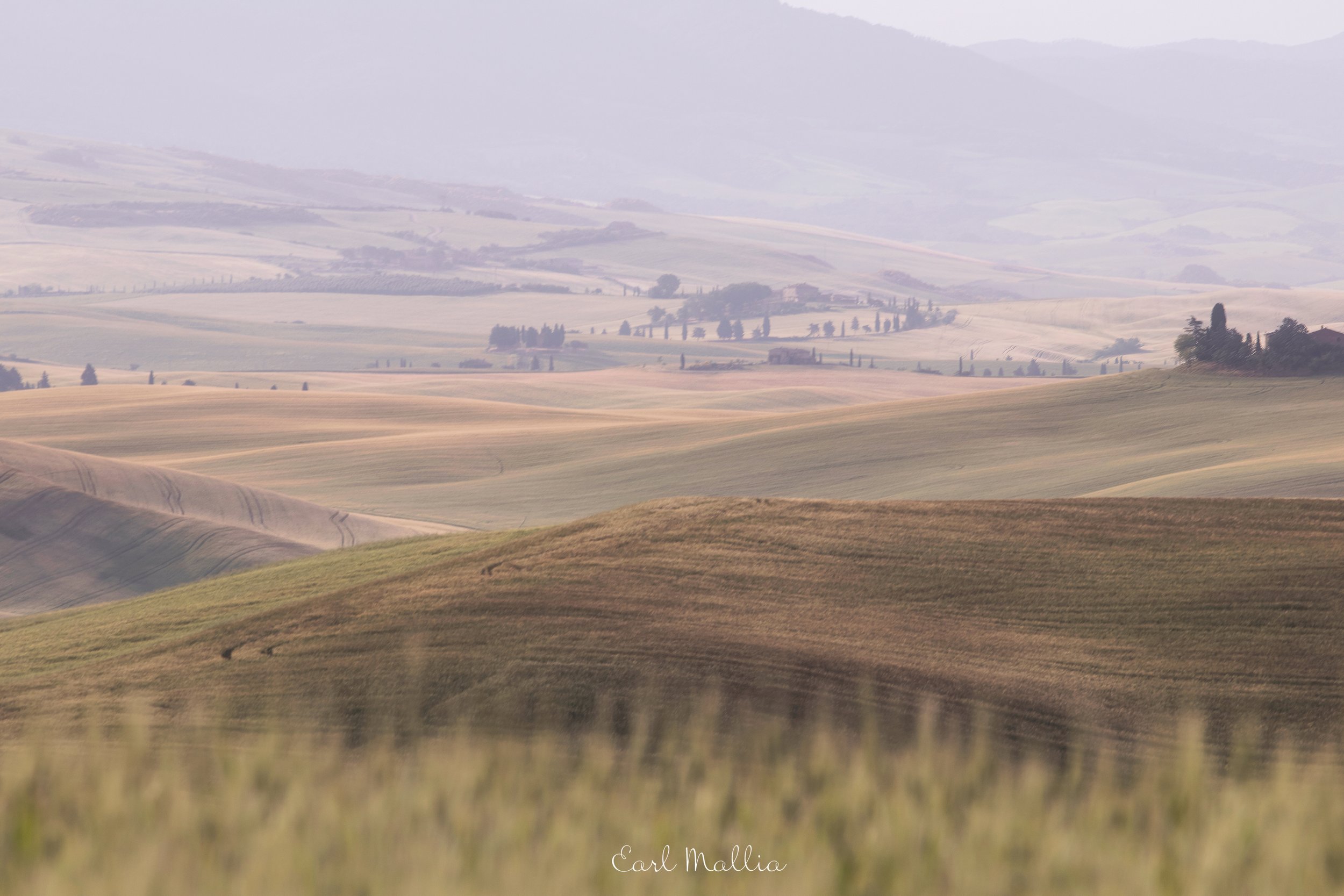
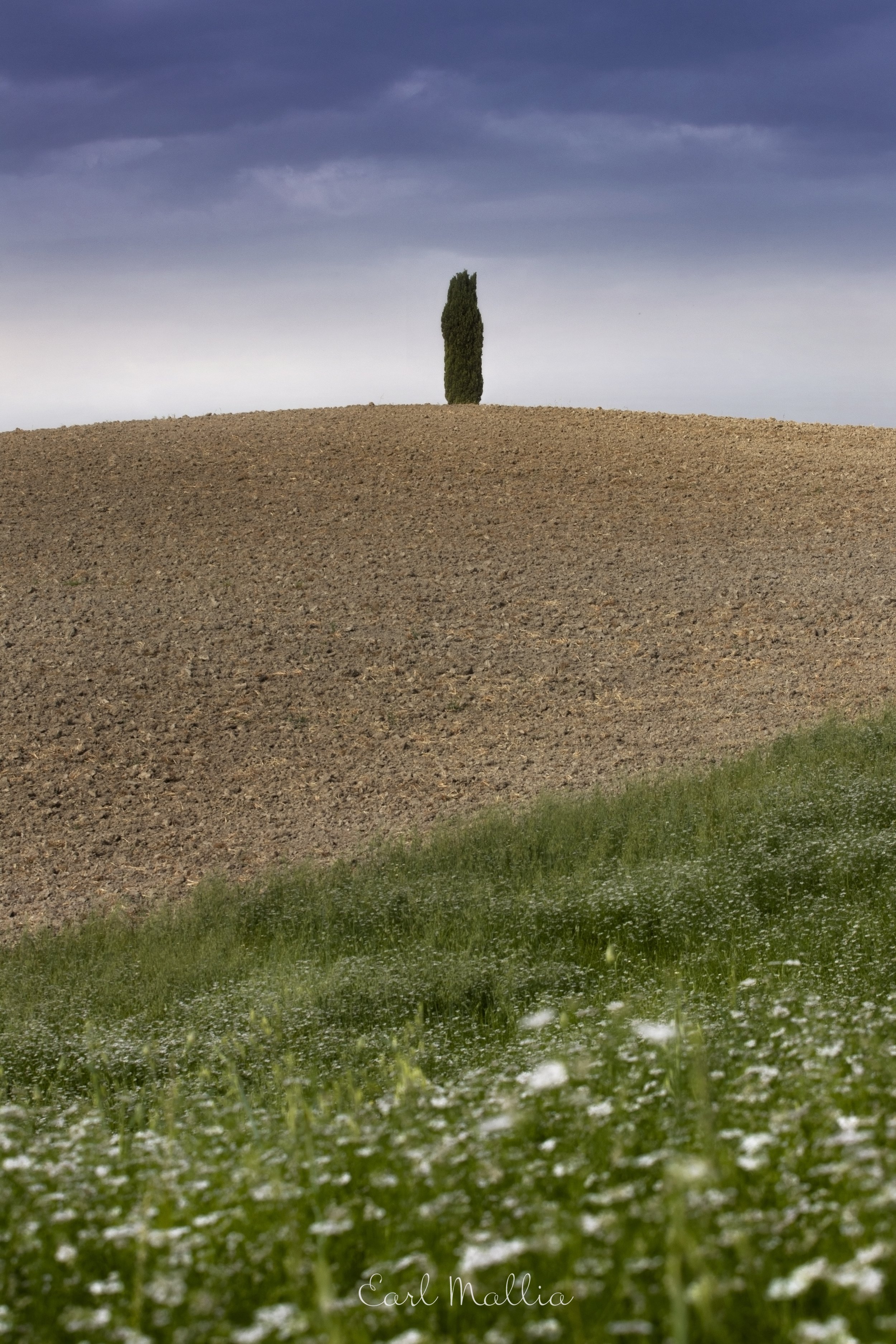
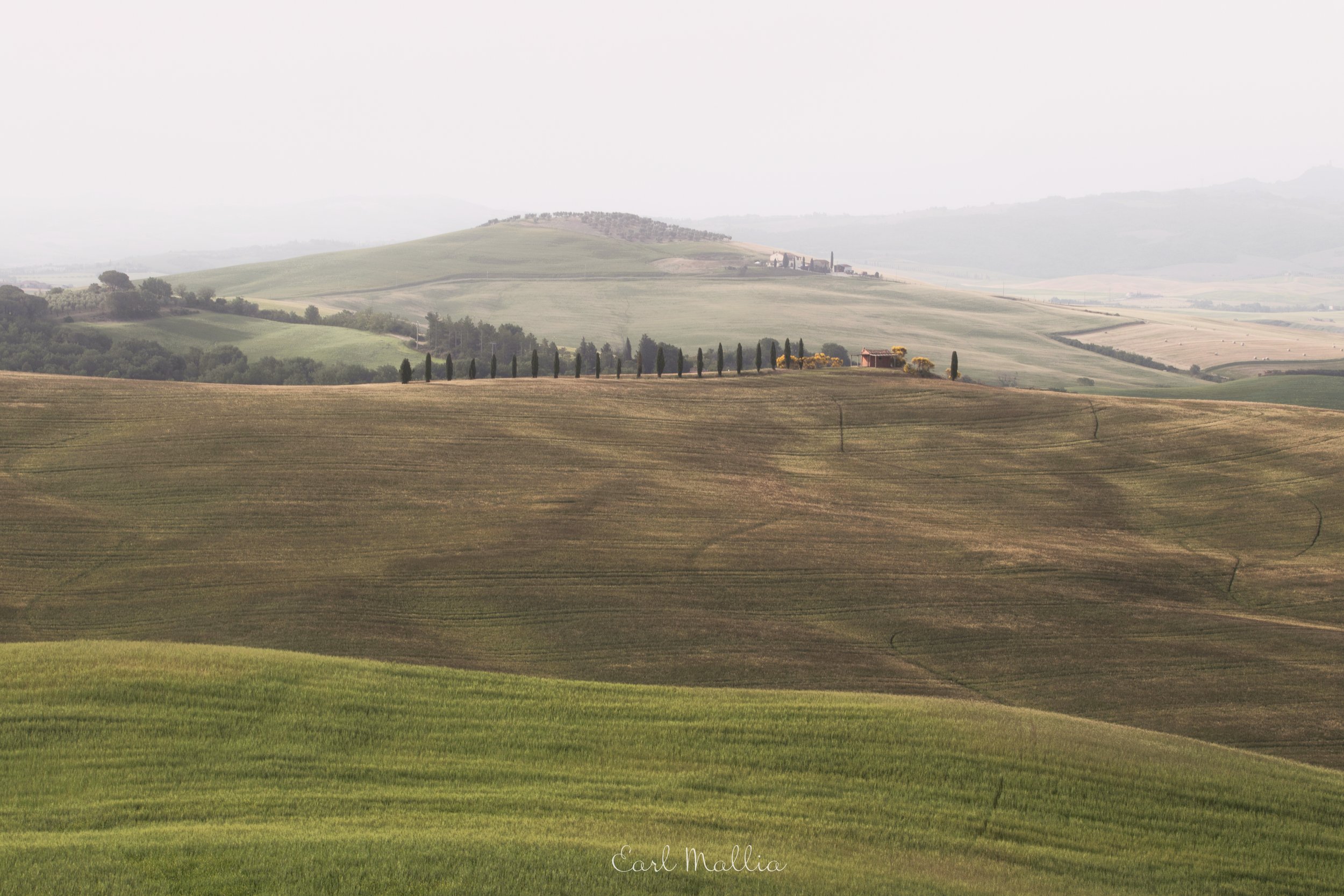
PHOTOGRAPHY:
Photography is my passion, and there are few places on Earth that stir the soul of a photographer quite like Tuscany and Val d'Orcia in Italy. This breathtaking region is a haven for photographers, offering a wealth of stunning scenery that's nothing short of a visual feast. Here's why you absolutely need to visit Tuscany and Val d'Orcia for photography:
In Val d'Orcia, Tuscany, there are some iconic places that have left an indelible mark on my photographer's soul. Here are the iconic spots I've had the privilege to photograph in Val d'Orcia:
Pienza: The town of Pienza itself is an absolute gem for photography. Its Renaissance architecture, charming streets, and lovely square, Piazza Pio II, offer endless possibilities. The view from the town walls overlooking the Val d'Orcia countryside is simply breathtaking, especially at sunrise or sunset.
Belvedere in San Quirico d'Orcia: This small medieval town offers a beautiful viewpoint known as Il Belvedere. From here, you can capture the classic Tuscan landscape with rolling hills, cypress trees, and farmhouses. It's a serene spot to watch the sunrise and frame your shot.
Vitaleta Chapel: The Vitaleta Chapel, also known as the Cappella della Madonna di Vitaleta, is a tiny, picturesque chapel perched on a hill. Surrounded by fields of wheat or sunflowers, depending on the season, it's an iconic and often-photographed location.
La Foce Gardens: These beautifully manicured gardens offer a symphony of colors throughout the year. Whether it's the vibrant tulips in spring or the golden hues of autumn, the gardens provide a delightful backdrop for photography.
Montalcino: The town of Montalcino is famous for its Brunello wine, but it also offers captivating photography opportunities. Wander its medieval streets, visit the fortress, and capture the timeless atmosphere.
Bagno Vignoni: This unique village is known for its thermal waters, and the central square features a large pool. The absence of buildings in the square and the steam rising from the water create a dreamy, ethereal ambiance, perfect for photography.
Poggio Covili: A rustic farmhouse atop a hill, surrounded by cypress trees and a rolling landscape, Poggio Covili epitomizes the Tuscan dream. It's an excellent spot for capturing the classic Tuscan countryside scene.
The Crete Senesi: These lunar-like clay hills are an otherworldly landscape, especially during sunrise or sunset when the soft light casts intriguing shadows and highlights over the undulating terrain.
Castiglione d'Orcia: This medieval village is photogenic from every angle. Whether you're capturing the Rocca d'Orcia fortress against a dramatic sky or strolling through its charming streets, you'll find plenty of opportunities for compelling shots.
Sant'Antimo Abbey: This Romanesque abbey is surrounded by vineyards and cypress trees. The serene and spiritual atmosphere, along with its stunning architecture, makes it a fantastic subject for photography.
Podere Baccoleno: small village located in the heart of Tuscany, Italy. While it may not be as well-known as some of the more famous Tuscan towns, it offers a unique and charming atmosphere that's perfect for photography. Here's a glimpse of what you can capture through your lens
Croce Di Prata: Croce di Prata is perched on a hill, providing panoramic views of the surrounding Tuscan countryside. Capture the rolling hills, vineyards, olive groves, and cypress trees stretching out to the horizon. The sweeping vistas are especially captivating during the golden hours of sunrise and sunset ,known for its picturesque cypress tree-lined roads, and Croce di Prata is no exception. These tall, slender trees create beautiful leading lines in your photographs, guiding the viewer's eye through the landscape.
Val d'Orcia's landscape photography is an absolute dream for me. This enchanting region in Tuscany, Italy, offers an abundance of photographic opportunities that speak to the soul of a passionate photographer. In my experience, the best seasons to visit Val d'Orcia are between May and June or from September to October. These months offer a magical combination of reflecting golden light and fewer crowds, making it an ideal time to capture the essence of this picturesque landscape.
During May and June, the rolling hills of Val d'Orcia come alive with vibrant greenery and blooming wildflowers. The soft, warm light of early summer bathes the countryside in a gentle glow, enhancing the beauty of the landscape. The fields of wheat and barley sway in the breeze, and the cypress trees stand tall and proud, creating iconic Tuscan scenes that are a joy to photograph.
In the autumn months of September and October, Val d'Orcia undergoes a stunning transformation. The countryside is adorned with golden hues as the leaves of vineyards and trees change color. The soft, diffused light of this season casts a warm and inviting atmosphere over the landscape, creating a painterly quality in your photographs.
One of the significant advantages of visiting Val d'Orcia during these periods is the reduced tourist crowds. While Tuscany is a popular destination, the shoulder seasons offer a quieter and more intimate experience. You can take your time composing your shots and immersing yourself in the natural beauty of the region without the hustle and bustle of peak tourist traffic.
I wholeheartedly recommend every passionate photographer to visit Tuscany, particularly Val d'Orcia. It's a place where the landscape seems to have been crafted with photographers in mind. From the iconic rolling hills and cypress trees to the charming medieval villages that dot the countryside, every corner of Val d'Orcia is a canvas waiting to be captured.
So, if you're looking for a photography paradise that combines stunning natural beauty, captivating light, and a serene atmosphere, Val d'Orcia is the place to be. It's a destination that will leave you with a treasure trove of images and memories that will forever hold a special place in your heart.
TRAVEL BY CAR:
When planning a trip to Tuscany, you'll want to choose the most convenient airports for your journey. The two primary airports that serve the Tuscany region are Florence Airport (Peretola) and Pisa International Airport (Galileo Galilei).
Florence Airport (Peretola): If you're heading to Florence or the northern part of Tuscany, Florence Airport is your best bet. It's located about 4 kilometers (2.5 miles) from the city center, making it very convenient for travelers heading to Florence, Siena, or the Chianti region.
Pisa International Airport (Galileo Galilei): Pisa Airport is the main gateway to Tuscany for many international travelers. It's situated about 1 kilometer (0.6 miles) from the city of Pisa and is also within reasonable distance of Florence, Lucca, and other destinations in western Tuscany.
Bologna Airport (Guglielmo Marconi Airport) is not directly in Tuscany, it can be a convenient option for travelers heading to certain parts of the region, particularly the northern and eastern areas. Bologna Airport is located in the Emilia-Romagna region, which borders Tuscany to the north and east.
I found that Pisa International Airport (Galileo Galilei Airport) was the most convenient choice for my trip to Tuscany. It worked perfectly for my itinerary, which included exploring destinations in western and central Tuscany. Pisa Airport's proximity to cities like Pisa itself, Florence, and Lucca made it an ideal starting point for my journey. The airport's good transportation connections, including train and bus services, provided easy access to the places I wanted to visit in Tuscany. Plus, the added bonus of seeing the iconic Leaning Tower of Pisa upon arrival added a memorable touch to my travel experience.
All airports offer good transportation connections to various parts of Tuscany through trains, buses, and car rentals. Your choice of airport may depend on your specific itinerary and which part of Tuscany you plan to explore first.
I highly recommend exploring Tuscany by car; it's truly the best way to fully immerse yourself in the region's beauty and charm. When I visited Tuscany, renting a car opened up a world of possibilities.
The flexibility that comes with having a car in Tuscany was a game-changer for me. I could explore at my own pace, completely free from the constraints of train schedules or bus routes. The ability to stop wherever and whenever I pleased was priceless, especially when I wanted to veer off the beaten path and uncover those hidden gems tucked away in the Tuscan countryside.
But perhaps one of the most memorable aspects of having a car was experiencing Tuscany's renowned scenic drives like Chianti Wine Route, Val d'Orcia, Crete Senesi, Monte Amiata, Garfagnana and much more .
Picture this: me behind the wheel, driving along cypress-lined roads that seemed to stretch endlessly into the horizon. On either side, vineyards and rolling hills painted a mesmerizing landscape that I could savor at my own speed. It's an image I'll treasure forever, and it's one of the many reasons why exploring Tuscany by car is an experience like no other.
VISIT LOCAL MARKETS:
Local markets in Tuscany are truly something special. When I strolled through them during my visit, I couldn't help but be captivated by the unique atmosphere and the treasures they had to offer. These markets are renowned for several reasons:
Fresh and Authentic Produce: The markets are a showcase of Tuscany's agricultural abundance. I discovered the freshest fruits, vegetables, and herbs, often sourced from nearby farms. It was a delight to taste the authentic flavors of the region.
Local Artisans: Tuscany's markets are a hub of creativity. Skilled artisans display their handmade crafts, from intricate ceramics and leather goods to exquisite jewelry and textiles. It's the perfect place to find one-of-a-kind souvenirs.
Delicious Delicacies: The aroma of freshly baked bread, artisanal cheeses, and cured meats wafts through the air. Sampling these delectable treats was an experience in itself. I couldn't resist picking up some pecorino cheese and prosciutto to enjoy later.
Community and Tradition: The markets are a hub of local life and culture. It's where neighbors meet, exchange news, and catch up. I felt like I was stepping into a piece of Tuscan tradition and community spirit.
Antiques and Vintage Finds: Some markets, like the Arezzo Antique Fair, offer a treasure trove of antiques and vintage items. It's like stepping back in time as you browse through old books, furniture, and collectibles.
Vibrant Atmosphere: The bustling energy of the markets is infectious. The vibrant colors of the produce, the chatter of vendors, and the laughter of shoppers create an atmosphere that's impossible not to love.
Overall, Tuscany's local markets are a sensory delight, offering a genuine and immersive experience into the heart of the region. Whether you're a foodie, an art enthusiast, or simply looking to soak up the local culture, these markets have something special for everyone.
In Val d'Orcia, the local markets may not be as common or extensive as in larger cities, but you can still discover them in some of the charming towns and villages throughout the region. These markets typically feature locally produced goods, crafts, and food products. Here are a few places in Val d'Orcia where you can find local markets:
Pienza: Pienza is one of the most well-known towns in Val d'Orcia, and it occasionally hosts small local markets in its historic center. These markets typically offer local cheeses, wines, and artisanal products. Check with the local tourism office or inquire with residents to find out if any markets are scheduled during your visit.
Montalcino: Montalcino, renowned for its Brunello wine, occasionally hosts markets that focus on local food and products. These markets are often tied to special events or festivals in the town. Check the town's event calendar or ask at the tourist information center for market dates.
HIKING & BIKING:
Hiking and biking in Val d'Orcia is a truly special experience for several compelling reasons:
Val d'Orcia is renowned for its stunning landscapes. As you hike or bike through the region, you'll be surrounded by rolling hills, picturesque cypress trees, vineyards, and golden wheat fields. The entire area is like a living painting, offering endless opportunities for breathtaking vistas and stunning photographs and remains relatively unspoiled by mass tourism, also you will explore a range of trails suitable for different fitness levels and preferences. Whether you're a leisurely cyclist or an avid hiker, you can find trails that cater to your experience and skill level.
This region's natural beauty also attracts wildlife enthusiasts. Birdwatchers can spot various species of birds, and you might encounter deer, wild boars, and other animals while exploring the countryside and Some hiking routes lead to natural thermal springs, such as Bagno Vignoni, where you can relax in the warm, mineral-rich waters—a perfect way to unwind after a day of physical activity and not least Val d'Orcia's ever-changing play of light and shadow provides fantastic photographic opportunities. Sunrise and sunset are particularly magical times for capturing the region's beauty.
Overall, hiking and biking in Val d'Orcia offer a chance to immerse yourself in the essence of Tuscany, from its captivating landscapes to its rich cultural heritage and the tranquility of rural life. It's an experience that allows you to connect deeply with the heart and soul of this remarkable region.
PACK COMFORTABLE:
Packing comfortably for my trip to Tuscany was essential for my enjoyment of the region. Tuscany experiences a wide range of temperatures depending on the season, so here are some personalized tips to ensure you're well-prepared:
Summer (June to August): During the summer months, Tuscany can get quite hot, especially in the afternoons. Here's what I found useful to pack:
Lightweight, breathable clothing: I opted for loose-fitting, comfortable clothes made from natural fabrics like cotton and linen to stay cool.
Sun protection: I made sure not to forget my wide-brimmed hat, sunglasses, and sunscreen to shield myself from the sun's intense rays.
Comfortable walking shoes: Since I knew I'd be doing a lot of exploring on foot, I packed comfortable, closed-toe walking shoes or sneakers.
Swimsuit: I brought along a swimsuit in case I wanted to take a dip in a pool or visit the coast.
Spring and Fall (April to May, September to October): These shoulder seasons offer pleasant weather, but it can still be a bit unpredictable. Here's what I found handy:
Layered clothing: I packed a mix of short-sleeved shirts and lightweight sweaters or jackets. Layers were key for adapting to changing temperatures.
Comfortable walking shoes: As in summer, comfortable shoes were crucial for exploring, especially since I planned to hike and bike.
Umbrella: I knew that spring and fall could bring occasional rain showers, so I brought a small, portable umbrella, which turned out to be a lifesaver.
Light scarf or shawl: This versatile accessory served as both a fashion statement and a useful extra layer when needed.
Winter (November to February): While Tuscany is generally milder than many other parts of Europe in winter, it can still get chilly. Here's what I found helpful for a winter trip:
Warm layers: sweaters, long-sleeved shirts, and a medium-weight jacket. I also didn't forget thermal undergarments, as I planned to be outdoors for extended periods.
Waterproof footwear: While heavy snowfall is rare in Tuscany, it can be wet and muddy, so I made sure to bring waterproof shoes or boots.
Gloves, scarf, and hat: These were essential for staying warm on cooler days and evenings.
Travel-sized umbrella: Since Tuscany can experience occasional rain in the winter, having a compact umbrella in my bag was convenient.
Regardless of the season, I found that comfortable footwear and versatile, layered clothing were key to ensuring I was prepared for Tuscany's diverse climate and outdoor activities. Checking the weather forecast closer to my travel dates helped me fine-tune my packing list for each trip.
STAY IN AGRITURISMO:
My experience at an agriturismo in Tuscany was unforgettable. Nestled amidst the rolling hills of this enchanting region, I found a tranquil haven that connected me with the land, culture, and flavors of Tuscany. The warm hospitality of the hosts, farm-fresh cuisine, and hands-on activities like grape harvesting and olive picking made it a truly immersive experience. I watched the sunset over vineyards, savored farm-to-table meals, and explored the picturesque countryside. To find agriturismi in Tuscany, look in renowned areas like Chianti, Val d'Orcia, and Maremma, where you'll discover these hidden gems offering an authentic Tuscan escape. Recomanded
LEARN SOME HISTORY:
For those with a particular passion for history, immersing oneself in Tuscany's rich cultural heritage through the exploration of historical landmarks, museums, and local traditions is especially imperative. This in-depth engagement affords a profound and enriching connection to the region's captivating history and culture.
Florence: The capital of Tuscany, Florence is a treasure trove of historical and artistic wonders. Explore the Uffizi Gallery, the Florence Cathedral (Duomo), the Accademia Gallery (home to Michelangelo's David), and the Palazzo Vecchio. Stroll across the historic Ponte Vecchio and visit the Florence Baptistery. The entire city is like an open-air museum.
Siena: Siena is known for its well-preserved medieval architecture. Don't miss the stunning Siena Cathedral (Duomo di Siena), the Piazza del Campo (site of the famous Palio horse race), and the historic streets of the city center.
Pisa: While the Leaning Tower of Pisa is the most famous attraction, the city also boasts the Pisa Cathedral, Pisa Baptistry, and the Camposanto Monumentale. These sites are part of the UNESCO World Heritage Site known as the Piazza del Duomo.
Lucca: Lucca's intact Renaissance-era city walls are a unique historical feature. You can walk or bike on top of them for panoramic views. The city is also home to well-preserved churches, such as the Lucca Cathedral, and the Guinigi Tower.
San Gimignano: Known as the "Town of Fine Towers," San Gimignano's medieval skyline is iconic. Explore its medieval streets, visit the Piazza della Cisterna, and climb the Torre Grossa for panoramic views.
Volterra: This ancient Etruscan town is steeped in history. Explore the Etruscan Gate, the Guarnacci Etruscan Museum, and the Roman Theater. Volterra's historical center is remarkably well-preserved.
Arezzo: Arezzo boasts an impressive Roman amphitheater, the Basilica of San Francesco with Piero della Francesca's frescoes, and the historic Piazza Grande.
Cortona: Discover the Etruscan origins of this town, as well as its well-preserved medieval streets, churches, and the Museo dell'Accademia Etrusca.
Montepulciano: Known for its Renaissance architecture, Montepulciano offers the beautiful Piazza Grande, the Palazzo Comunale, and the Church of San Biagio.
Museums: Tuscany has numerous museums dedicated to history and art. In addition to those in Florence, consider visiting the National Archaeological Museum in Florence, the Museo Civico in Siena, and the Etruscan Museum in Volterra.
Exploring these historical sites and destinations will provide you with a comprehensive understanding of Tuscany's rich and diverse history, from ancient Etruscan roots to the Renaissance and beyond.
MY TOUGHT’S:
I believe strongly Tuscany is truly a gem, and there's a reason why so many people flock to this enchanting region year after year. It's a place where every corner feels like a unique discovery because no two places are quite alike. The diversity it offers is astounding, whether you're a food lover, a wine enthusiast, a photography enthusiast, a nature explorer, or simply seeking relaxation and tranquility.
The cuisine is a symphony of flavors, from hearty pasta dishes to delicate pastries, all paired with world-renowned wines. The landscapes, with their rolling hills, vineyards, and cypress-lined roads, provide a canvas for photographers to capture breathtaking moments. Nature lovers can explore the Tuscan countryside, while those in search of serenity can find it in the quiet corners of this region.
In Tuscany, time seems to slow down, allowing you to savor the beauty of the moment and immerse yourself in the rich tapestry of history and culture. It's a place where each experience is as unique as the next, where the warmth of the people and the charm of the towns leave an indelible mark on your heart. Tuscany truly offers a world of opportunities, making it a destination that beckons you back time and time again.
As a landscape photographer, Tuscany is nothing short of a photography paradise. The way the golden sunlight caresses the rolling hills, creating captivating interplays of light and shadow, is a sight to behold. I wholeheartedly recommend that every person, whether a photography enthusiast or not, should visit Tuscany to experience this mesmerizing visual symphony. It's a place where the land itself seems to dance with the changing light, offering an opportunity to capture moments of unparalleled beauty that will stay with you forever.


